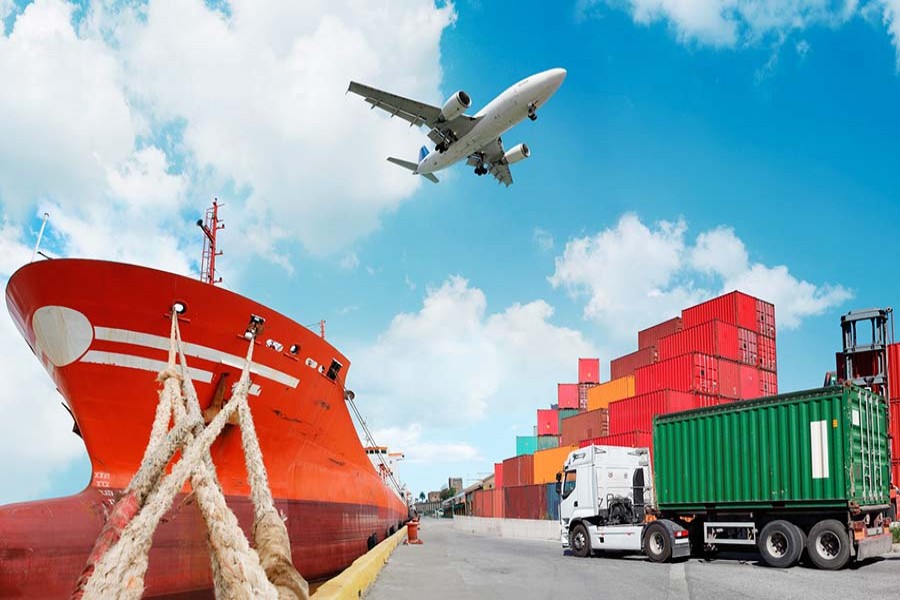The reported move of the ministry of commerce (MoC) to provide additional cash incentive to export of products, beyond readymade garments (RMG), to the non-traditional markets has been long overdue. The rate of extra incentive in the case of RMG export is 3.0 per cent. (The apparel exporters already enjoy the benefit of general cash subsidy at a rate of 4.0 per cent.) Against the backdrop of a not-so-promising situation in traditional export markets in recent years, the ministry of finance, according a report published in this paper recently, has asked the MoC to prepare a list of products that could be offered additional cash incentives under the 'new-market expansion category'.
The need for expanding the product-base and exploring newer markets constantly to help boost the country's export earnings has been highlighted time and again. The diversification of exports and new export destinations have become all the more necessary because of the entry of new competitors in traditional markets where Bangladesh has been enjoying an edge over others for many years. The resurgence of a sort of protectionist attitude among a number of major importing countries has also emerged as an issue of great concern, lately. Bangladesh has made some progress in finding a few markets for its products beyond the traditional ones, but the level of progress is far behind the expected one. Besides, diversification of export-base is an area where the country, unfortunately, has not been able to demonstrate any notable success.
Some extra incentives, naturally, encourage the businesses to put in additional efforts to explore newer markets and export more goods. But there are other factors. Until and unless Bangladesh is capable of producing quality goods at competitive prices that are in high demand in such economies, it would be hard to make any tangible progress in its market diversification efforts, in terms of both items and destinations. The issue is whether the situation on the ground is favourable enough for the Bangladeshi businesses to produce goods that are in demand in markets beyond the traditional ones. RMG remains until now the prime mover as far as the country's strength as an exporter is concerned. Apparel products account for nearly 85 per cent of its aggregate export earnings. Such a huge concentration of efforts in one particular area, though paying a handsome dividend until now, might prove to be unrewarding within the foreseeable future.
But one cannot ignore the limitations that the country faces in the field of export diversification. Yet, there must be some areas left that could be better explored with greater attention both by the policymakers and the entrepreneurs. One cannot overlook the need for policy support in this respect. But what is needed more than anything else is the initiative on the part of businesses that are genuinely innovative. For them, exploring new markets and producing a few items that are in high demand may not prove that difficult. The global market is becoming increasingly a tough place with the spirit of multilateralism and trade liberalisation ebbing fast. So, the trade benefits that the country has been enjoying as a low-income country are increasingly coming under threat. In such a situation, there is no alternative to getting prepared for overcoming the odds and expanding the export trade.


